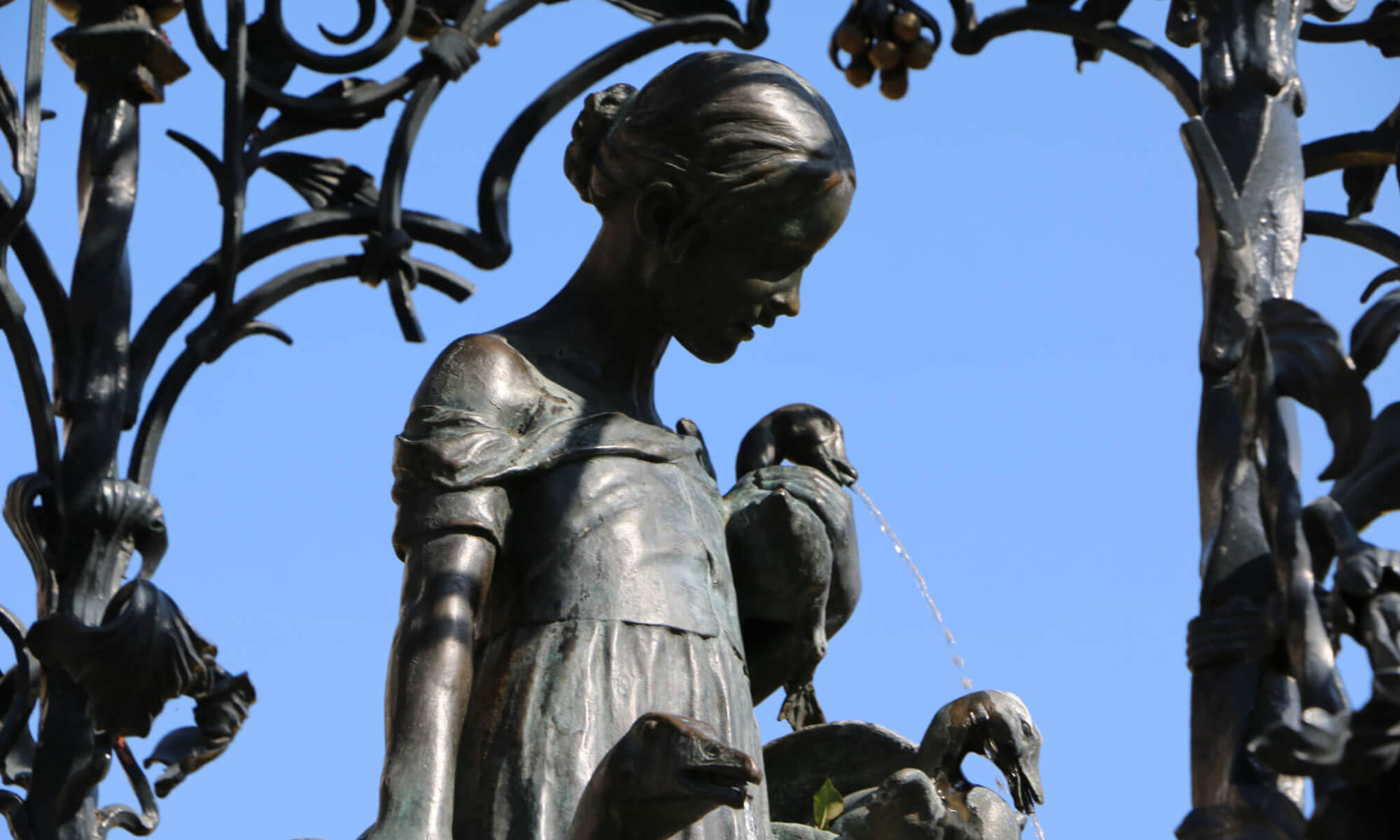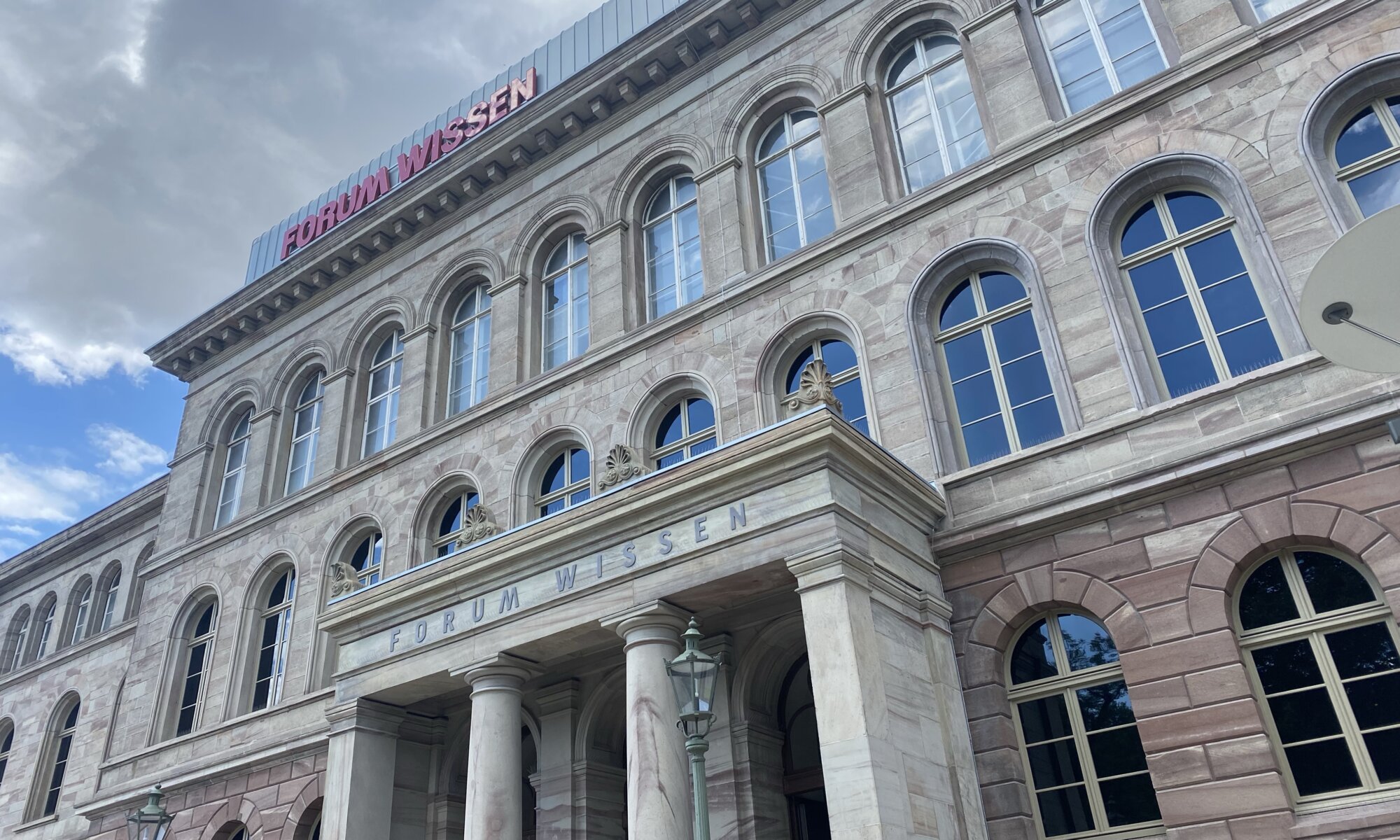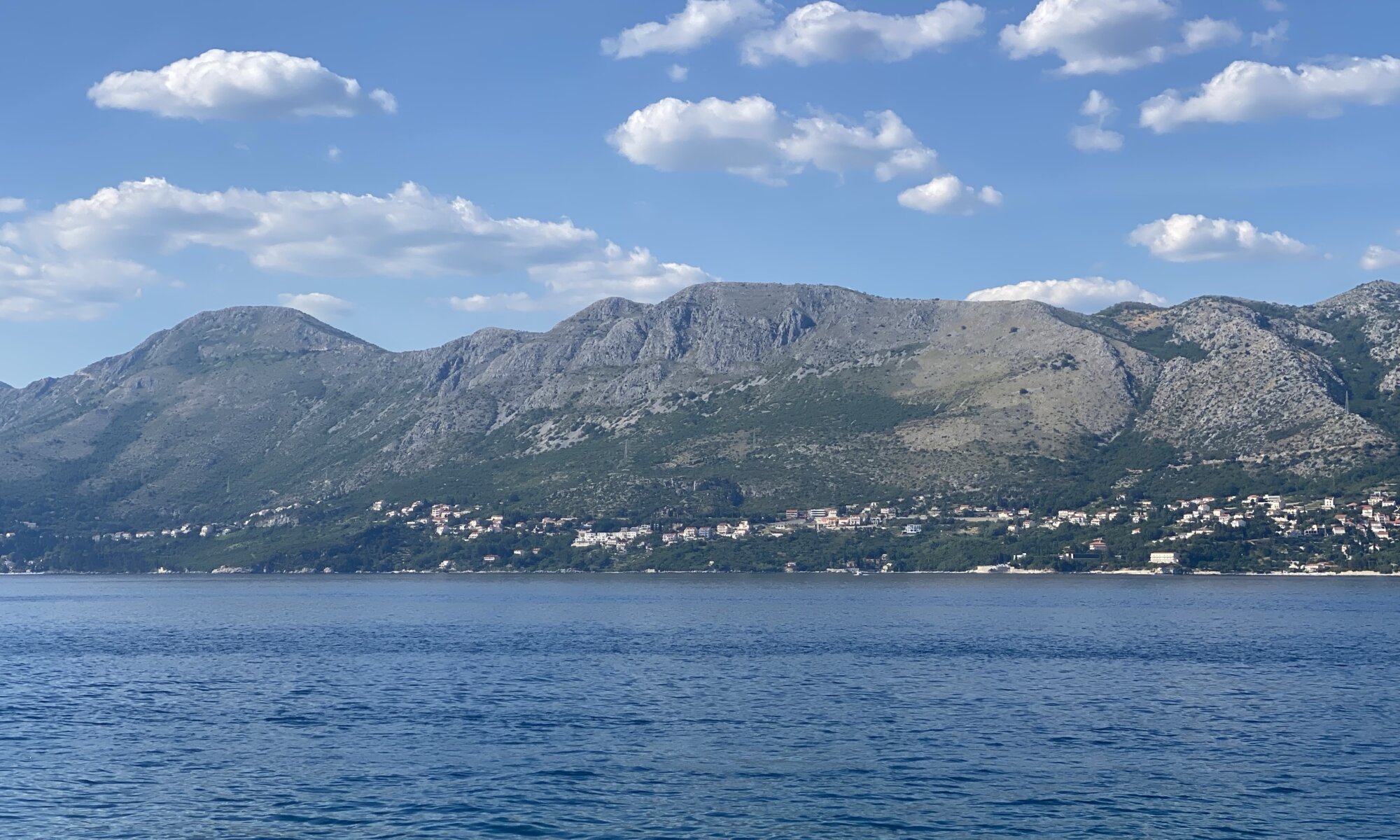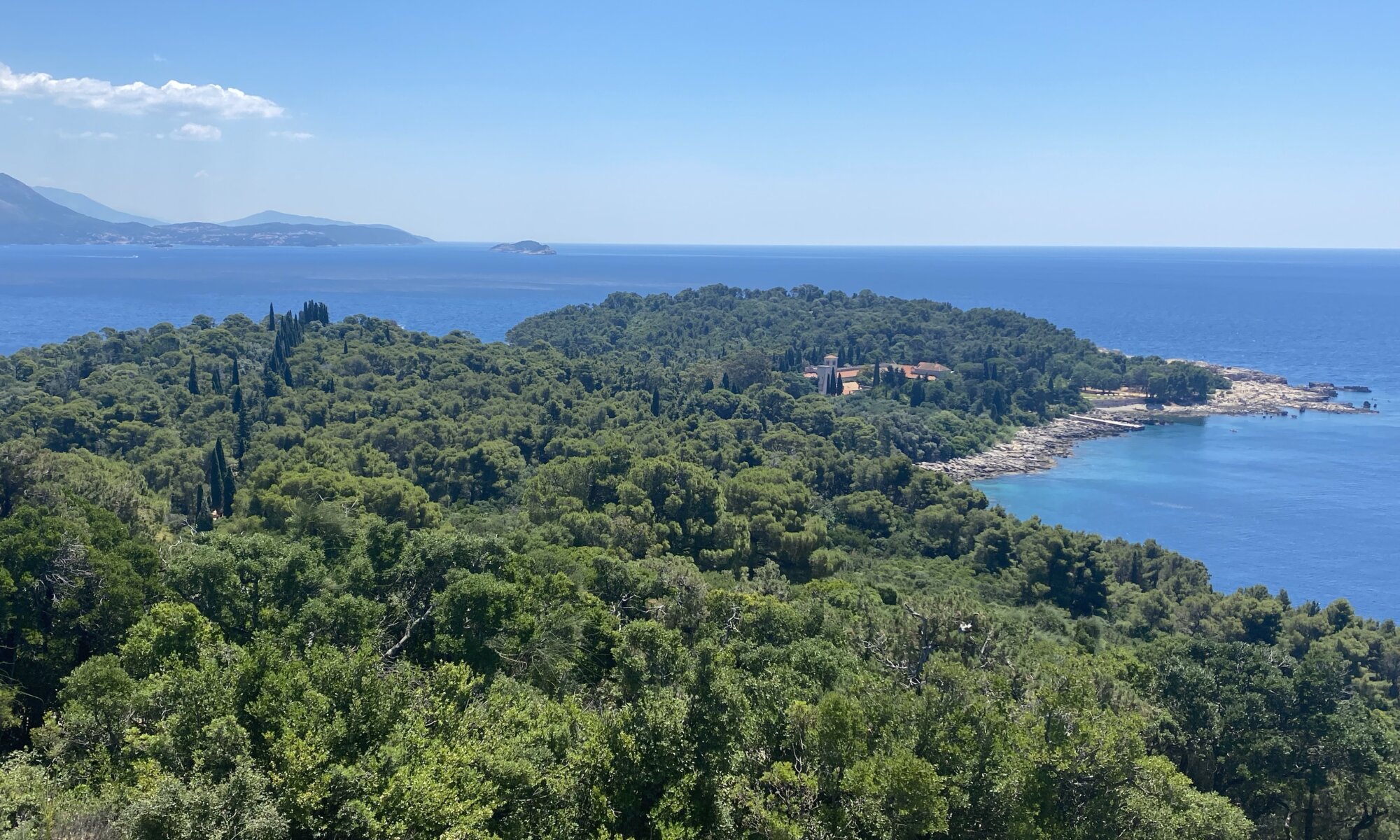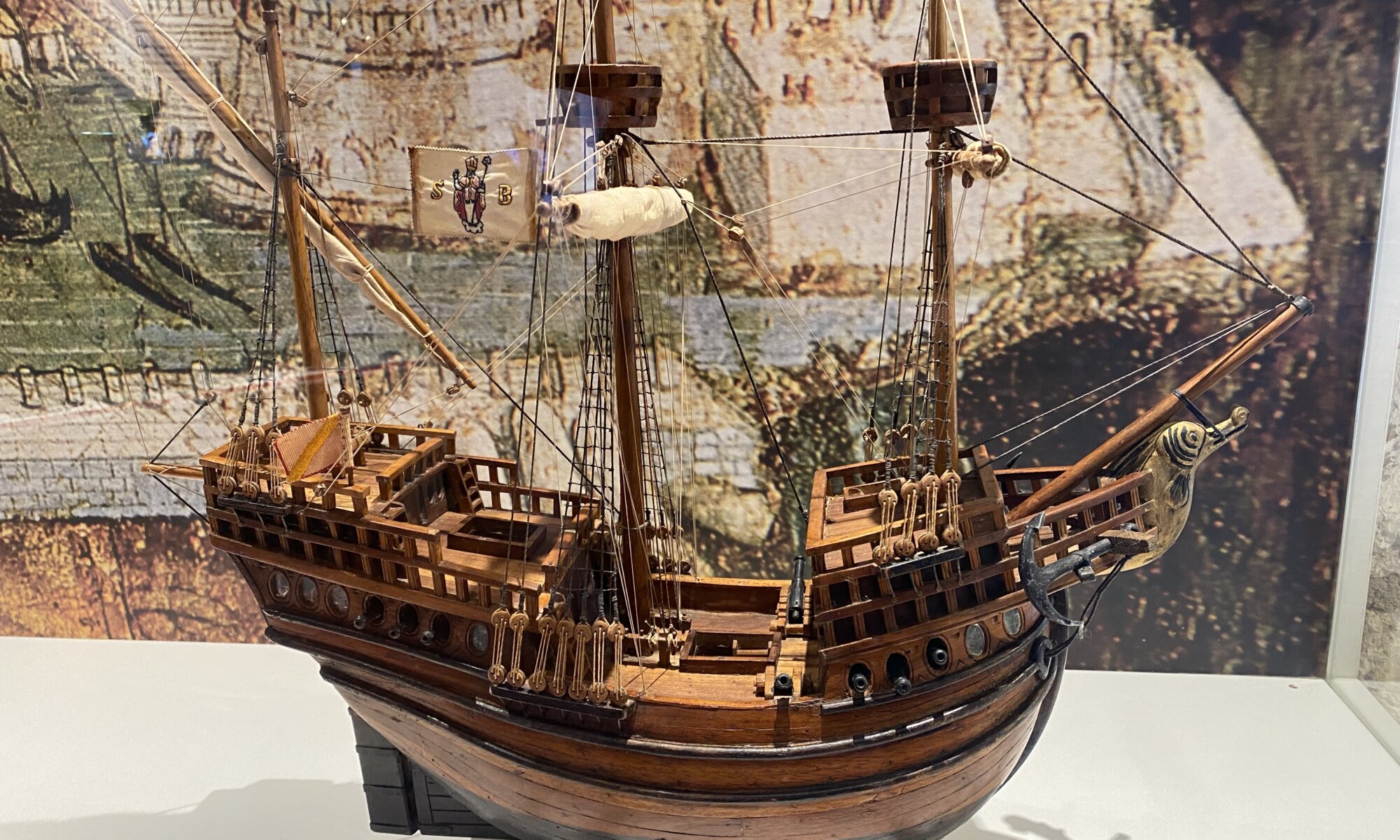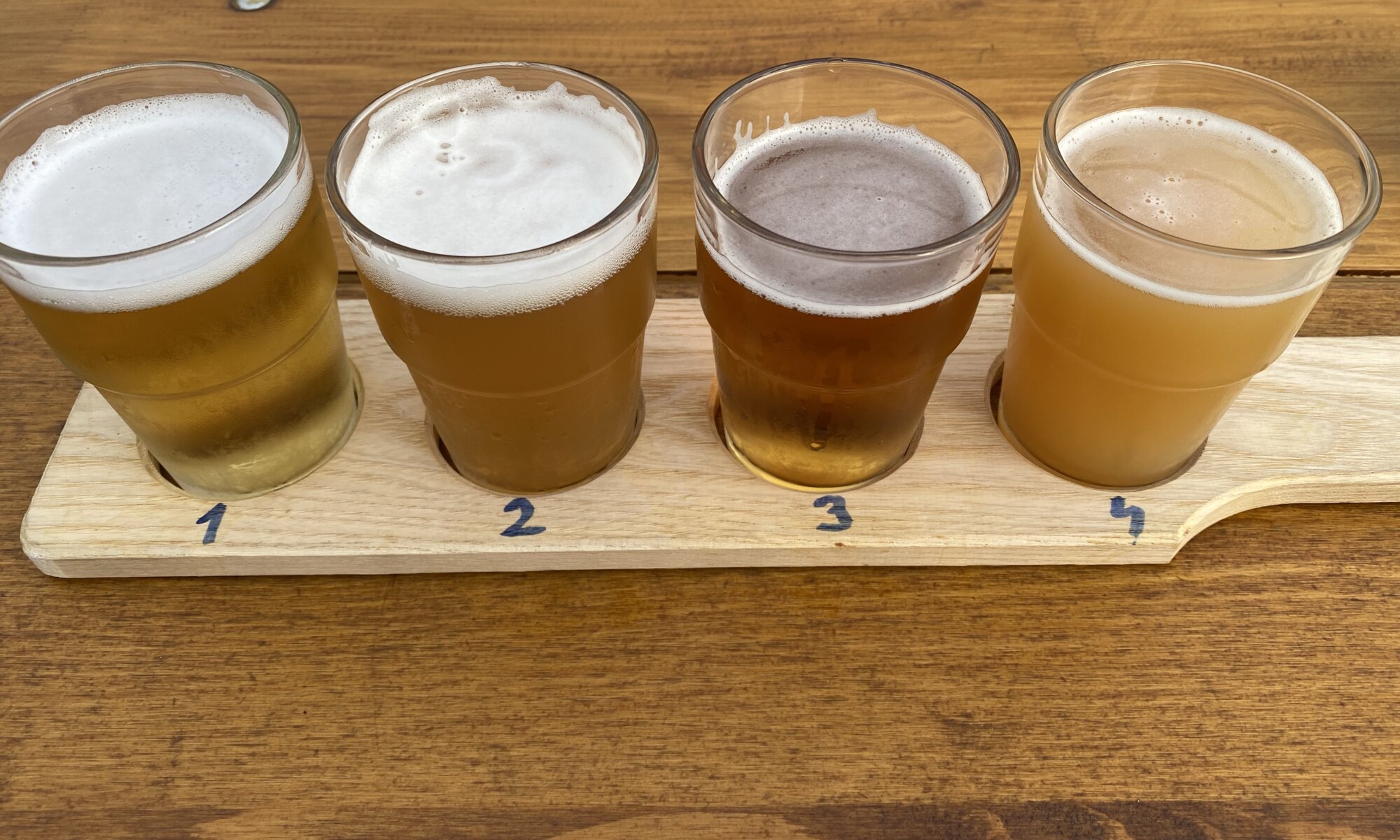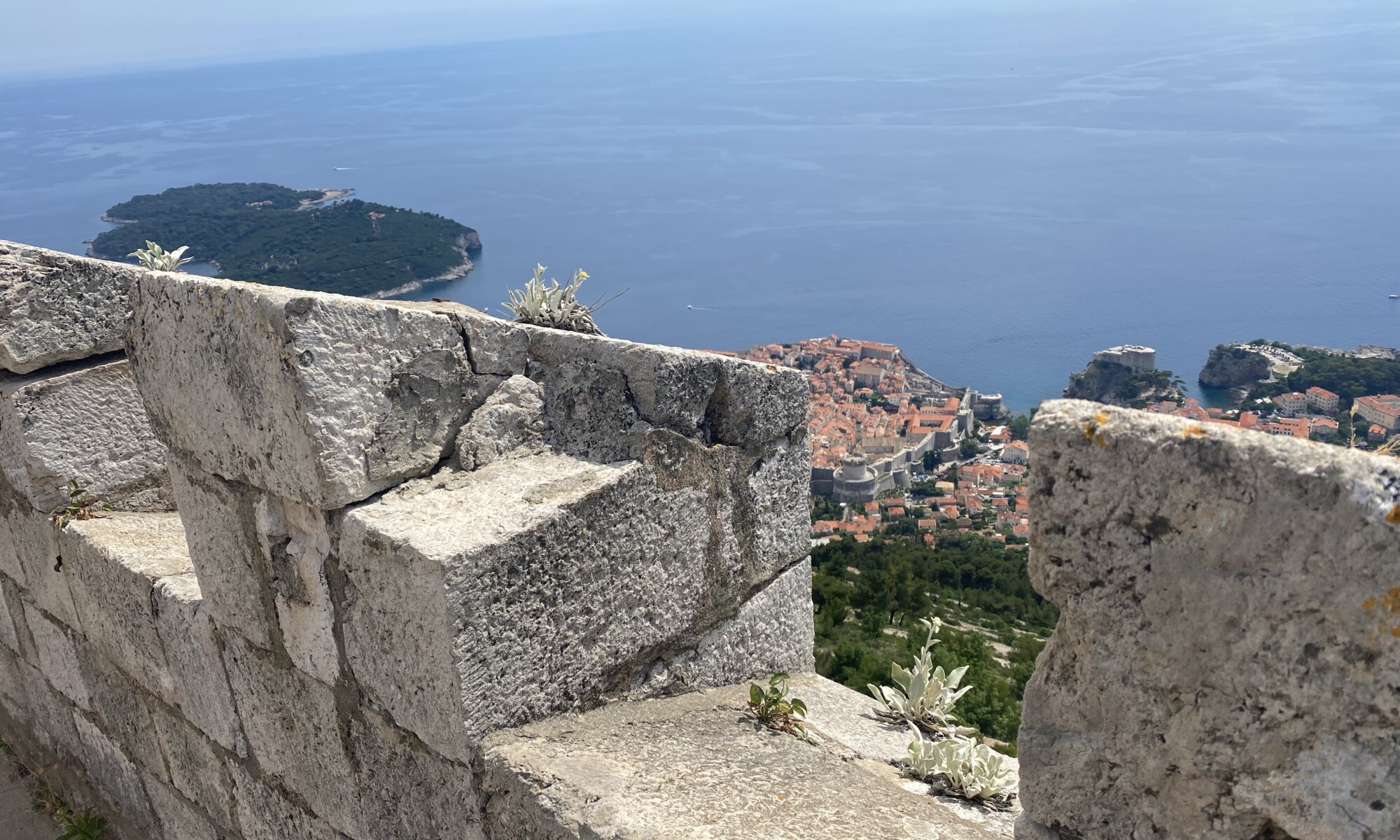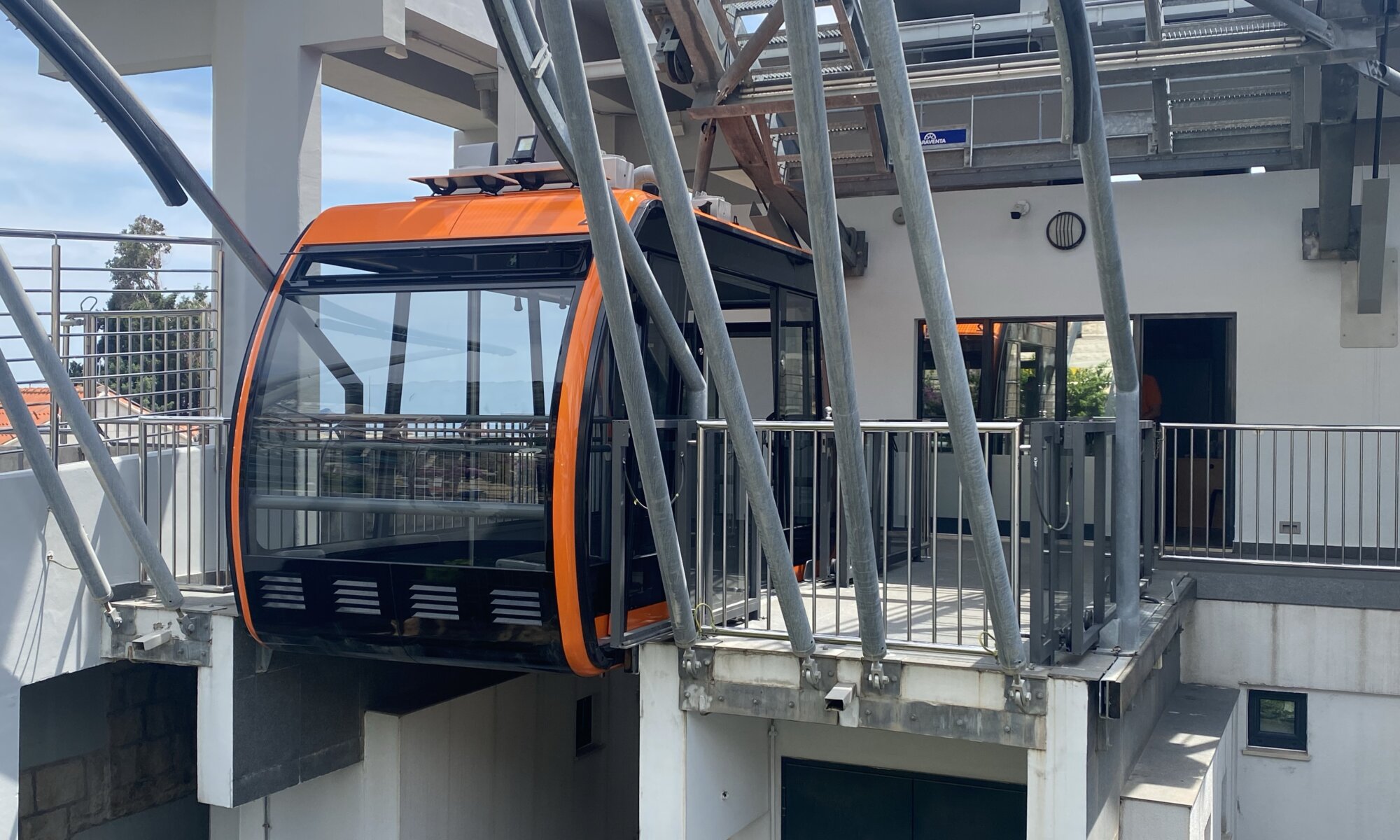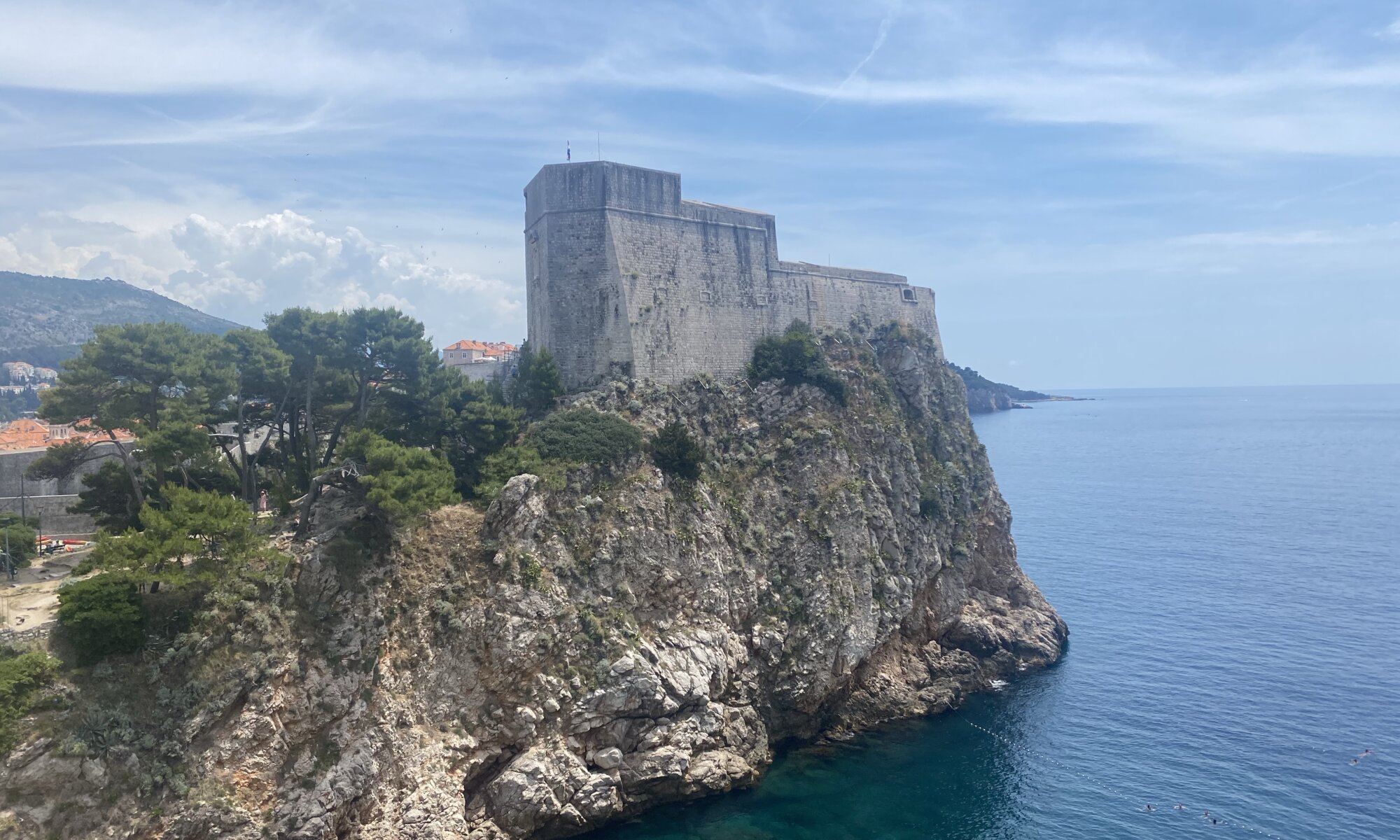The university of Göttingen has a wide range of scientific collections. Most of them are open to the public, but they’re distributed throughout the city and only accessible in very limited time frames. Therefore most inhabitants don’t know the treasures stored in the city. This changes with the Forum Wissen which was opened in 2022. It serves as a portal to these collections and presents important items at a central and well-accessible place.
Continue reading “Forum Wissen”Wasserspiele
The highlight of the Bergpark Wilhelmshöhe at Kassel are the historic water features or water games. To show their power, the landgraves were even taming the elements and in this case controlling water: behind the Herkules monument, water is collected in large basins. At dedicated points in time it is floating down the hill without any electricity, creating sounds and fountains. This event happens every Wednesday, Sunday and on public holidays from May 1st to October 3rd.
Continue reading “Wasserspiele”Cavtat
In the most southern part of Croatia, few kilometers away from Bosnia and Montenegro, you’ll find Cavtat. It’s a small town you would typically choose for a quiet beach vacation: not much hustle and bustle, many small beaches between forests and a harbor with good bars and restaurants.
Continue reading “Cavtat”Lokrum
Once people have seen all angles of the old city of Dubrovnik they often search for some nature and a bit of recreation. Preferred destination for that is the island of Lokrum, a natural reserve on an island directly in front of the city (just 600 meters away). You simply need to get to the harbor, buy a ticket and a boat will take you out to a relaxed place with beaches, bars, a castle, a botanical garden and peacocks.
Continue reading “Lokrum”Seafaring history
Ragusa and later Dubrovnik were always seafaring cities. They received their wealth by trading goods via the Mediterranean sea and had large and well-known fleets. Therefore it is no surprise that within the old city walls you’ll find a small museum on seafaring history: the Pomorski Muzej or Maritime Museum.
Continue reading “Seafaring history”Craft beer
If you choose the rather remote harbor area of Dubrovnik for your stay you have good connections with the bus terminal and the cruise ship terminal nearby. But there aren’t many good options for a chilled beer and some good food. The exception is the DBC, the Dubrovnik Beer Company close to the roundabout. There you’ll get some fine self-brewed craft beer, they offer tours and sometimes there is also live music.
Continue reading “Craft beer”MOMAD
Dubrovnik hosts some small museums in the historic city center, especially on seafaring and natural history. If you want to enjoy a more modern and large museum you need to leave the city center through the Ploče gate towards the East. After some meters you’ll find the wonderful Museum of Modern Art (or short: MOMAD) close to the shore of the Mediterranean sea.
Continue reading “MOMAD”Under attack
It is rather uncommon that national states appear and disappear, but when it happens it is most often associated with large pain and bloodshed. That is especially true for Yugoslavia which was artificially created after World War I. It was planned as a state for south Slavic people, but this group was too heterogenous to grow together. Different ethnic groups, mostly Orthodox Serbs, Catholic Croatians and Muslim Bosniaks aimed either for predominance or autonomy. And Albanians, Hungarians, Macedonians, Montenegrins and Romani found themselves in between.
Continue reading “Under attack”Srđ
The best views on the old town of Dubrovnik you’ll find on mountain Srđ. It is a 412 meters high mountain that can be easily accessed by cable car from a station close to the Ploče gate of the city center. When you arrive up there you can enjoy lunch in a restaurant with an amazing outdoor terrace and you can visit a museum in the ruins of the ancient Fort Imperial.
Continue reading “Srđ”Lovrijenac
The Lovrijenac fortress of Dubrovnik is located outside of the old town. From the Pile gate you can walk down to the old harbor and on the other side climb up the hill to the fortress. It’s steep but very much worth the effort, especially for wonderful pictures of the city. The fortress was built from the 11th century CE on to protect the city against attacks from the sea and from the land. The location of the fortress is breathtaking as it is standing solitary on a rock.
Continue reading “Lovrijenac”